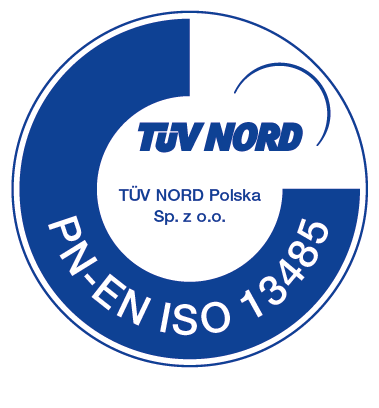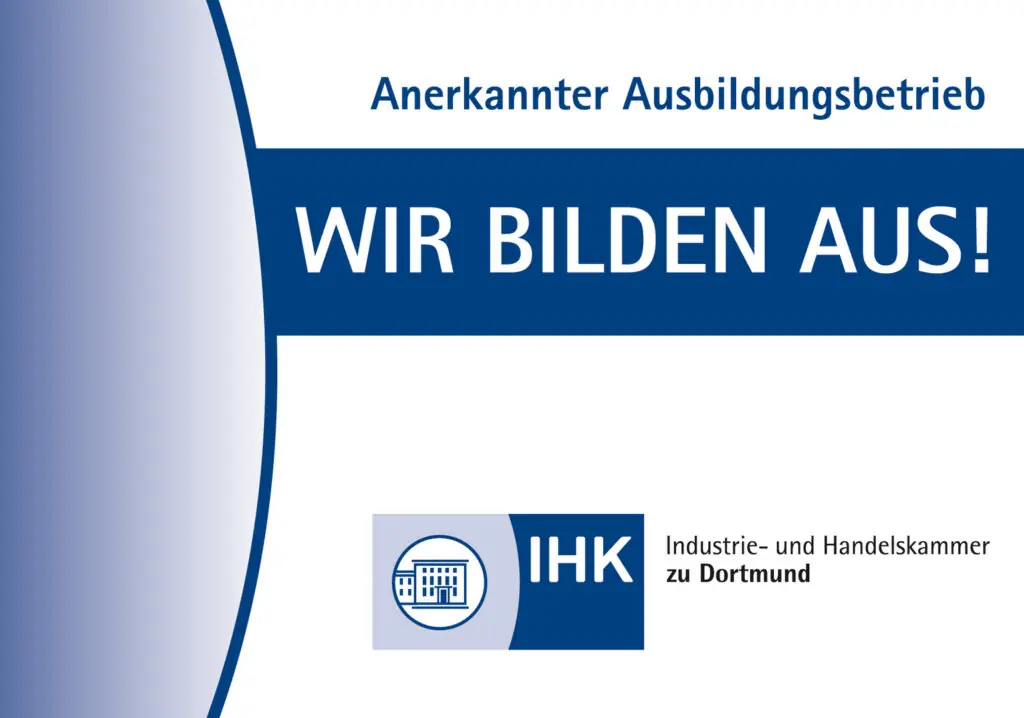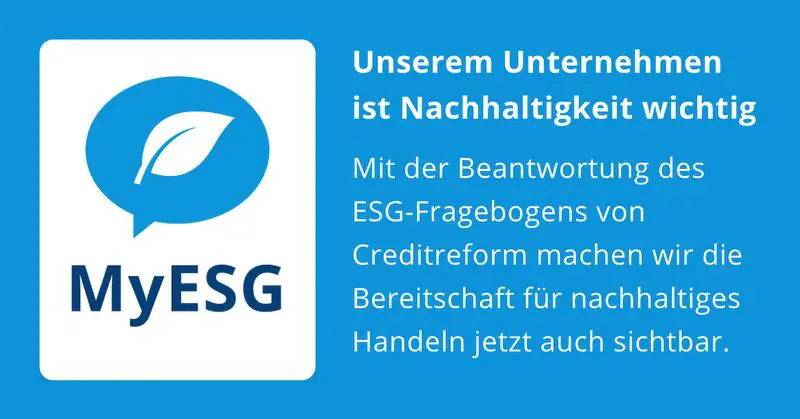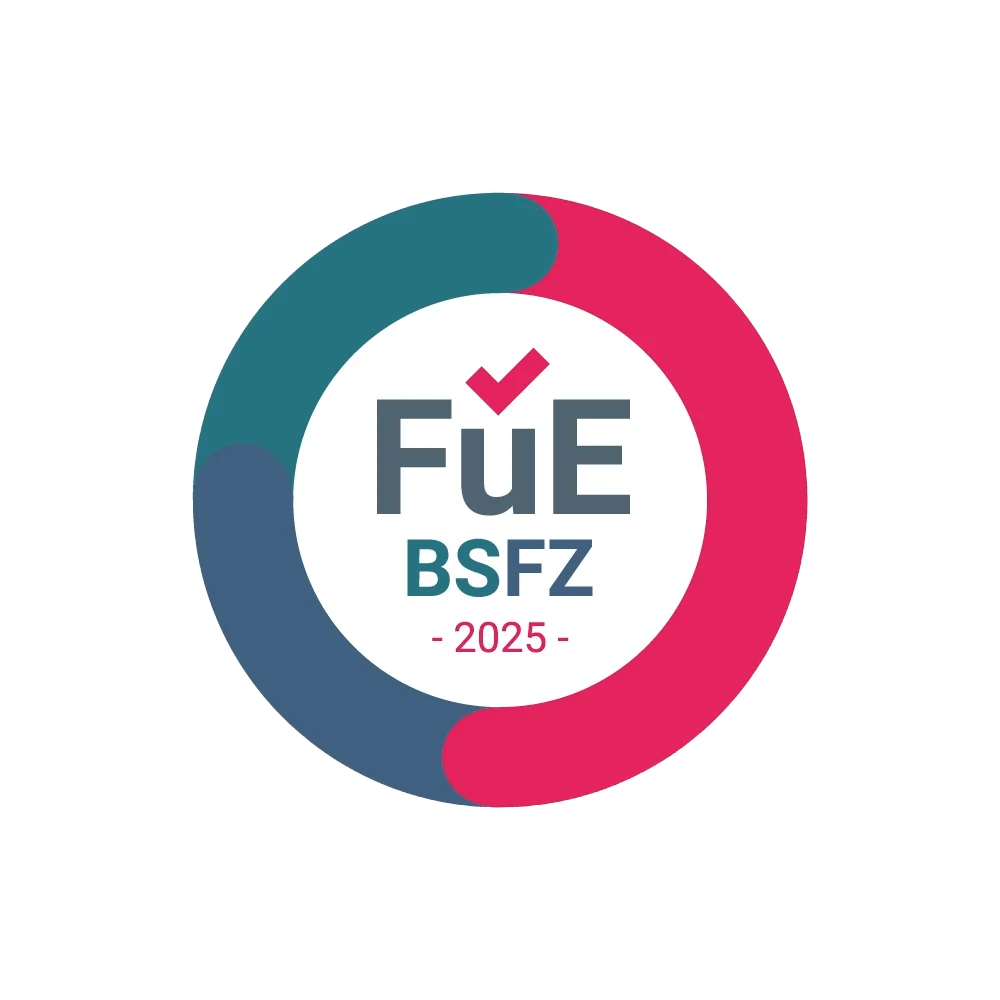Cleaning & Sterilization Procedure
Purity of Medical Devices – Cleaning and Sterilization Procedure
As a manufacturer of Medical Devices, you are required to ensure that all foreseeable risks are excluded or reduced as far as possible for each Medical Device in its intended use. These include, among other things, risks that remain after delivery due to a high degree of contamination on the product surface, e.g. due to production residues. These obligations are part of the Essential Safety and Performance Requirements of the MDR outlined in MDR Annex I.
In order to market Medical Devices in the European Union that are compliant and in an appropriate state of cleanliness, the manufacturer is required to make sure that all critical contamination can be reduced as much as possible and that all acceptance criteria are fulfilled. To provide this proof, a validation of the cleaning process must be carried out during production.
Cleaning Validation for Medical Devices
The Validation of the this Process, the initial condition of the Medical Device before cleaning, is first determined in various laboratory tests. These include, for example, tests for existing bioburden, particles, cytotoxicity or organic impurities. The results of the initial condition serve as a reference value for the subsequent laboratory tests on the Medical Devices after at least three independent cleaning batches. The performance of the cleaning and thus the cleanliness of the Medical Devices can be determined from this. The VDI 2083 Part 21 and, in addition, DIN/TS are to be considered as normative bases for this. In the special case of implants, ISO 19227 must be consulted and considered.
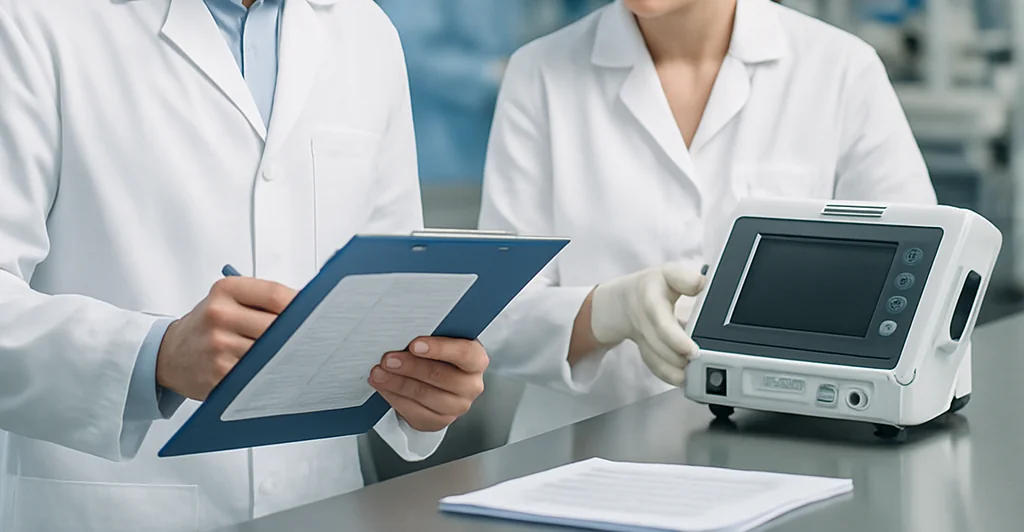
Testing Strategy and Worst-Case Consideration
The testing strategy for determining cleanliness is developed individually depending on the defined acceptance criteria. Either a real or simulated product is to be used as a test specimen. This is to be selected or constructed on the basis of a worst-case assessment. The scope and frequency of testing is to be determined in accordance with:
- A representative sampling plan
- The production batch size
- Coordination with the testing laboratory
The performance of the Validation is not only due to medical necessities (exclusion of unwanted physiological reactions), but also to technical (e.g. impairment of the adhesion of coatings or subsequent processes due to chemical residues) or visual (e.g. streaks) necessities that influence the intended use of the Medical Device.
Revalidation & Risk-Based Acceptance Criteria
Periodic cleaning performance verifications, according to risk-based defined time intervals, must be carried out. These may be shortened if changes are made to the product design or manufacturing processes that could potentially affect cleanliness. The necessity and extent of revalidation must be justified on the basis of the results of the review and considering the reproducibility of the process, the risks associated with any contamination, and the frequency and scale of manufacture.
Many manufacturers are unsuccessful in their search for defined limit values for biological, chemical or particulate contamination. This is because, as a rule, no limit values have been defined! Due to the complexity of medical technology and the large number of Medical Devices, it has not yet been possible to define limit values by law or by standards. This means that each manufacturer has to determine their own limit values (acceptance criteria). This approach is called the “risk-based approach”.
WQS is here to support you in the context of certification of your Medical Devices. In our own laboratory, we carry out (pre-) tests for cleaning, processing and permanent quality control.
Frequently Asked Questions
Cleaning validation ensures that the Medical Device is free from unacceptable levels of contamination that could pose a risk to patients or impair device function. It is required under Annex I of the MDR, which outlines Essential Safety and Performance Requirements.
Relevant standards include VDI 2083 Part 21 and DIN/TS standards and in the special case of implants also ISO 19227.
Revalidation is required periodically, based on a risk-based interval.
Yes. External specialist labs (such as ours) can perform pre-tests, full validations and ongoing monitoring in compliance with MDR requirements. However, the manufacturer retains responsibility for compliance and documentation.
Need more information?
WQS provides you with detailed information on your subject.
You can also explore our FAQ page and other resources for further insight
– or simply contact us for direct support.
